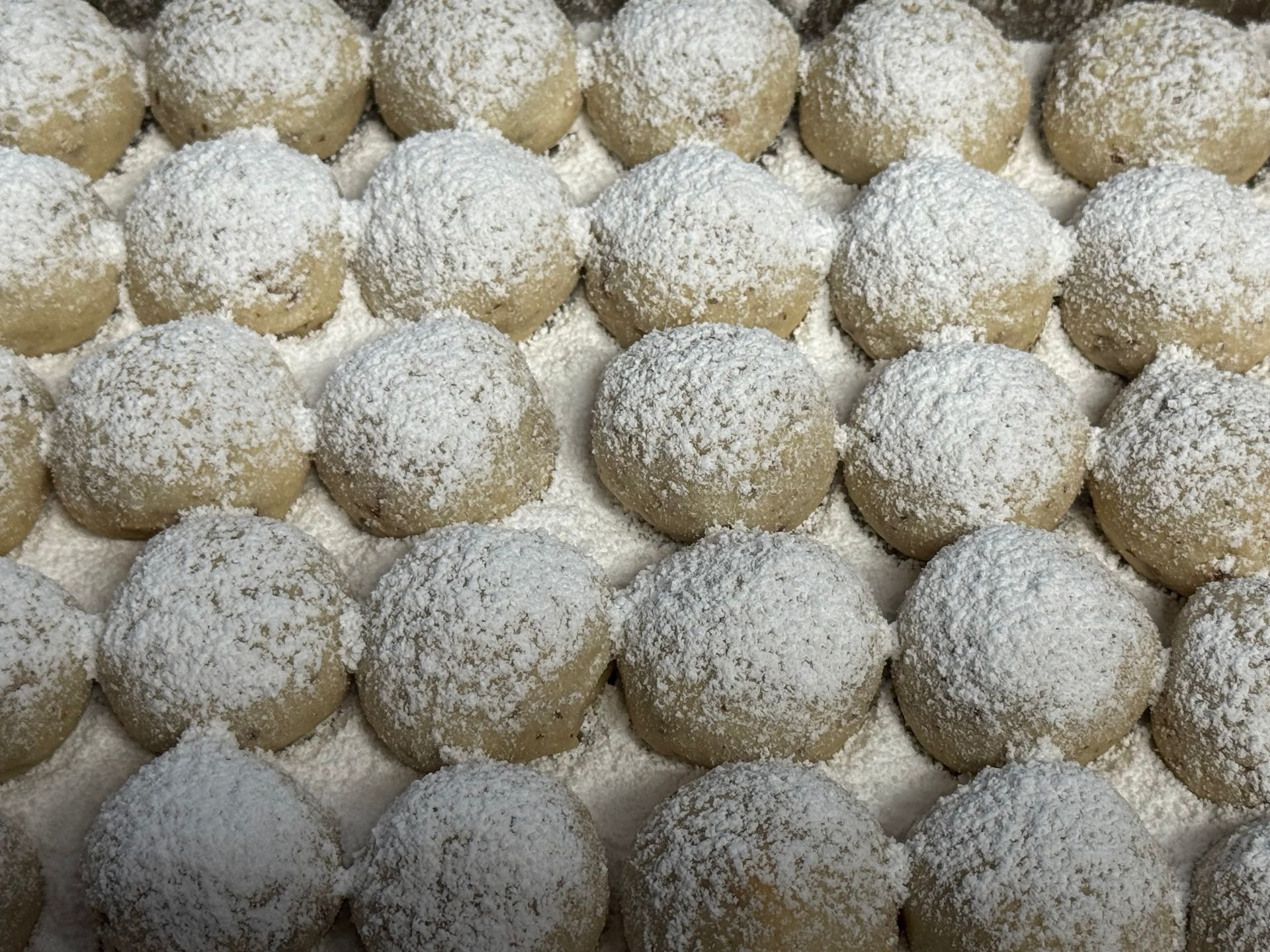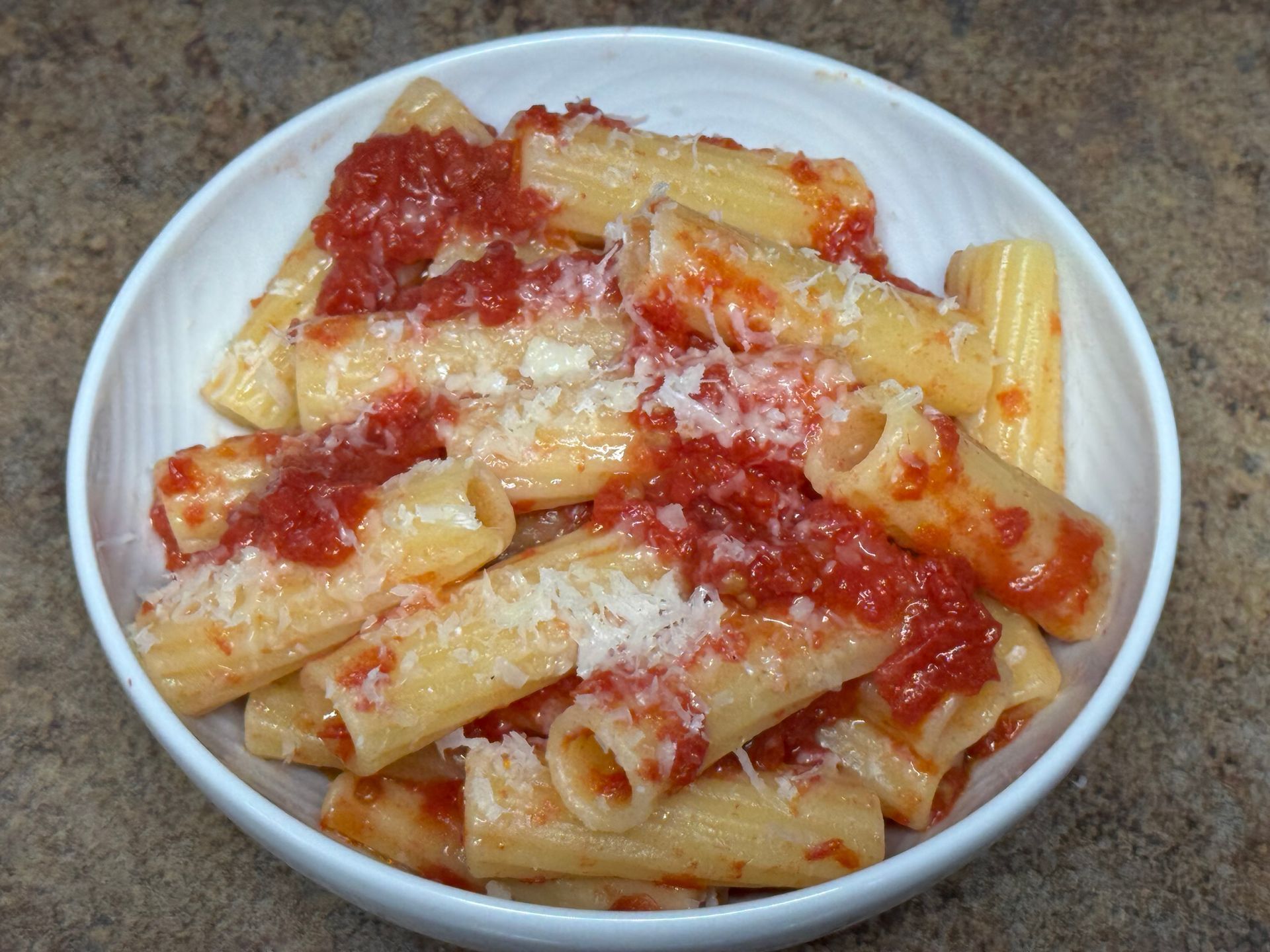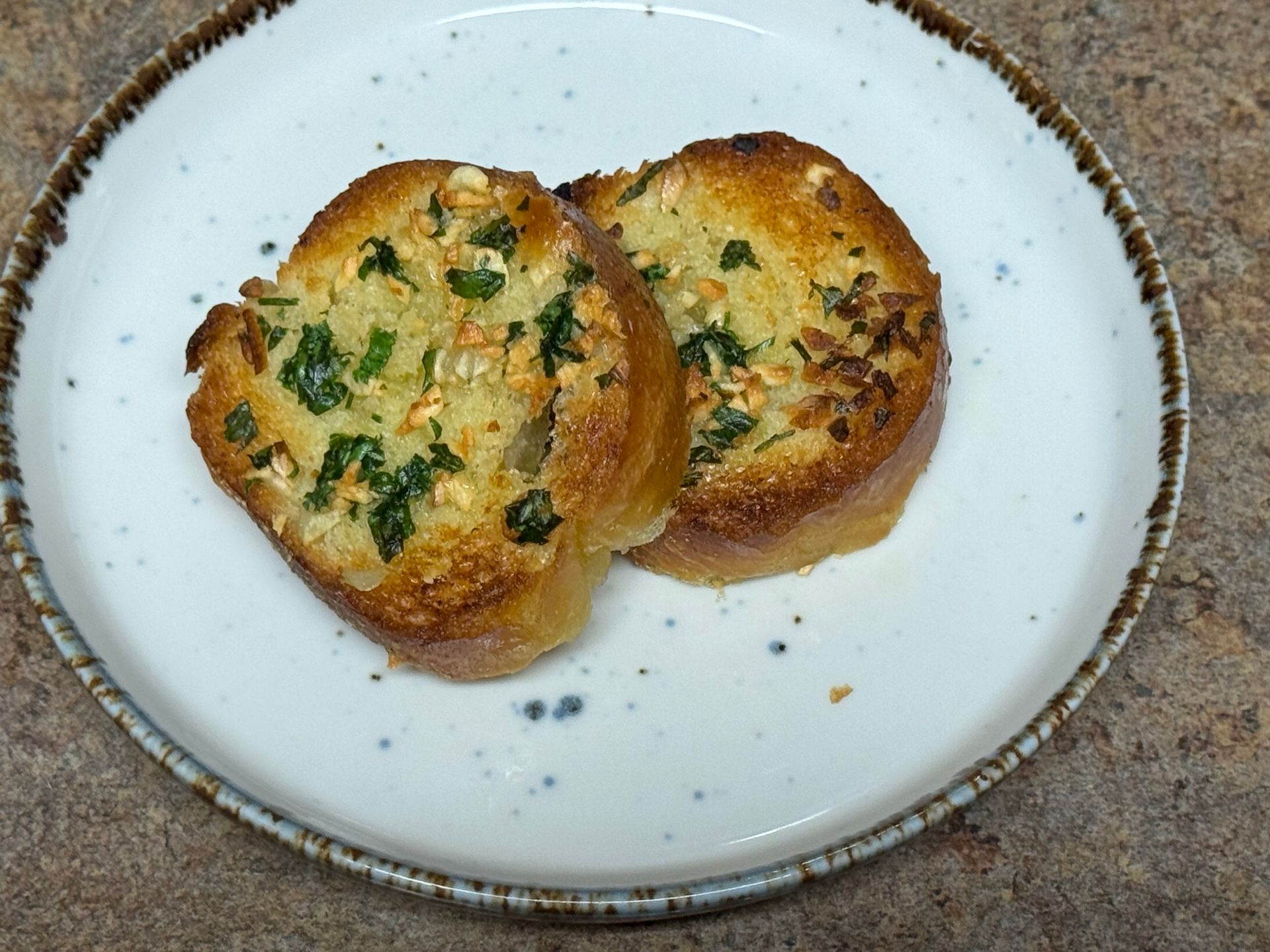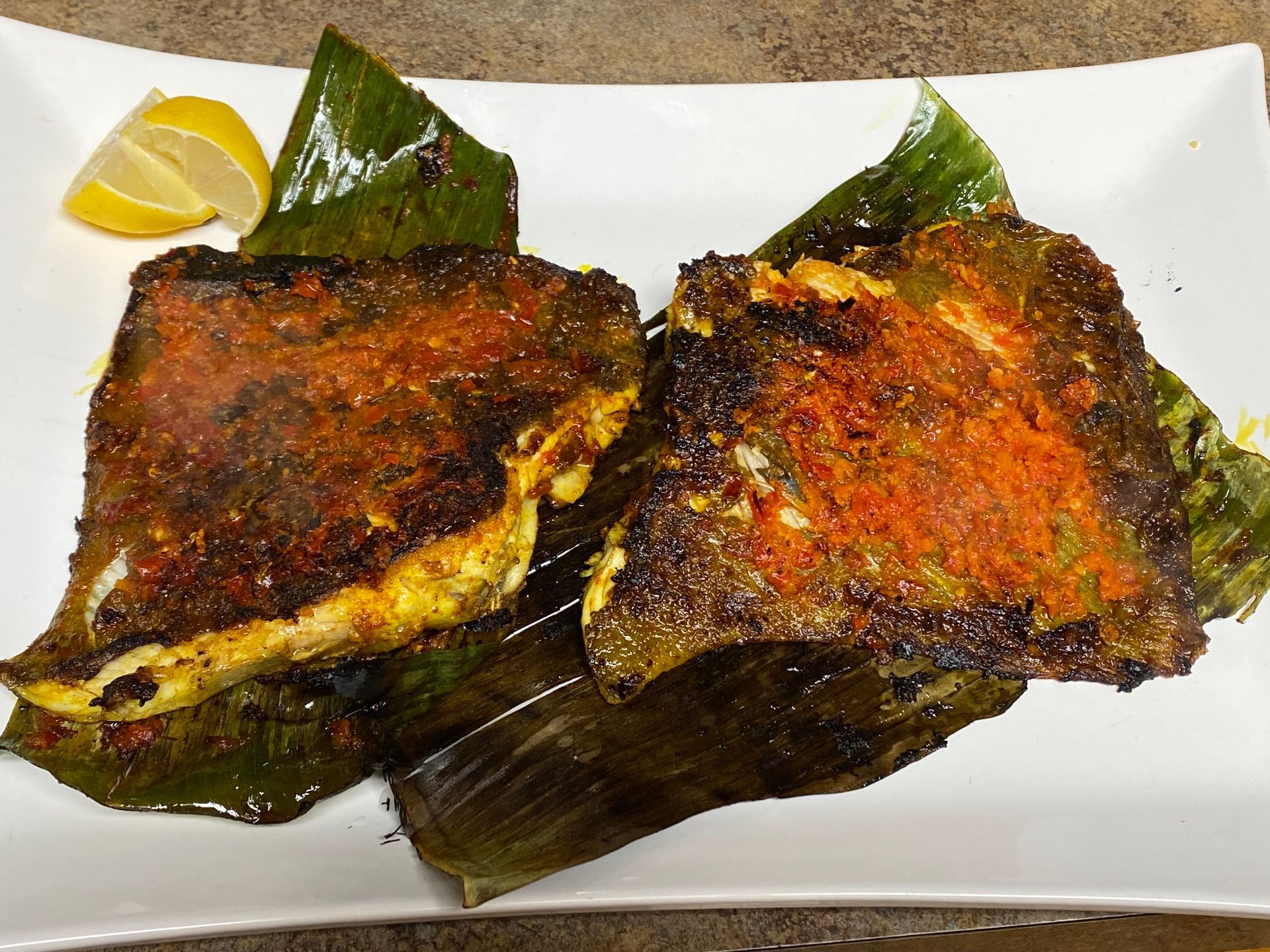
I first learned about skate at the beginning of my career at Le Cirque in NYC. We received skate wings weekly & it was my responsibility to clean the wings, then gently poach & cool them in court bouillon.
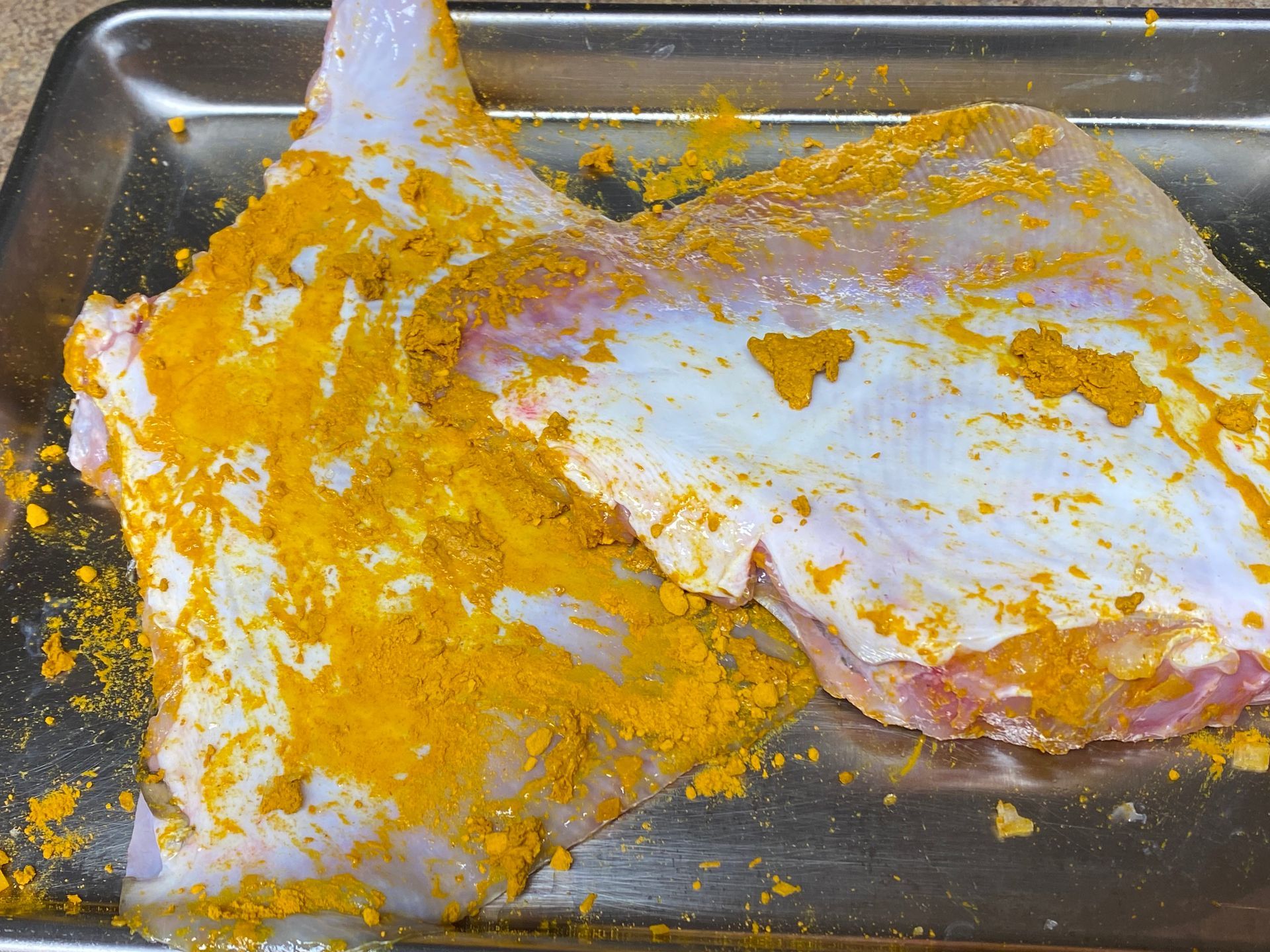
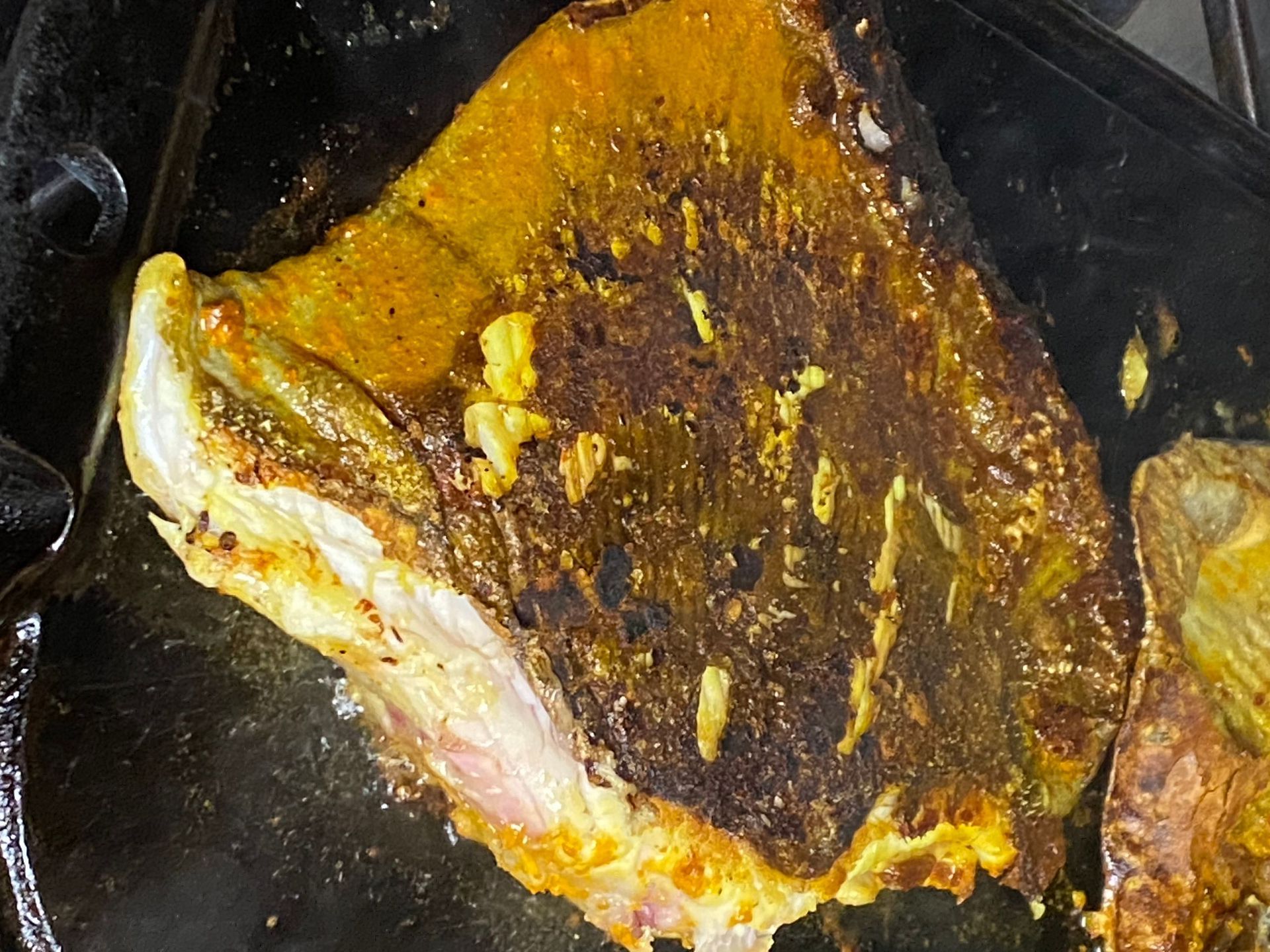
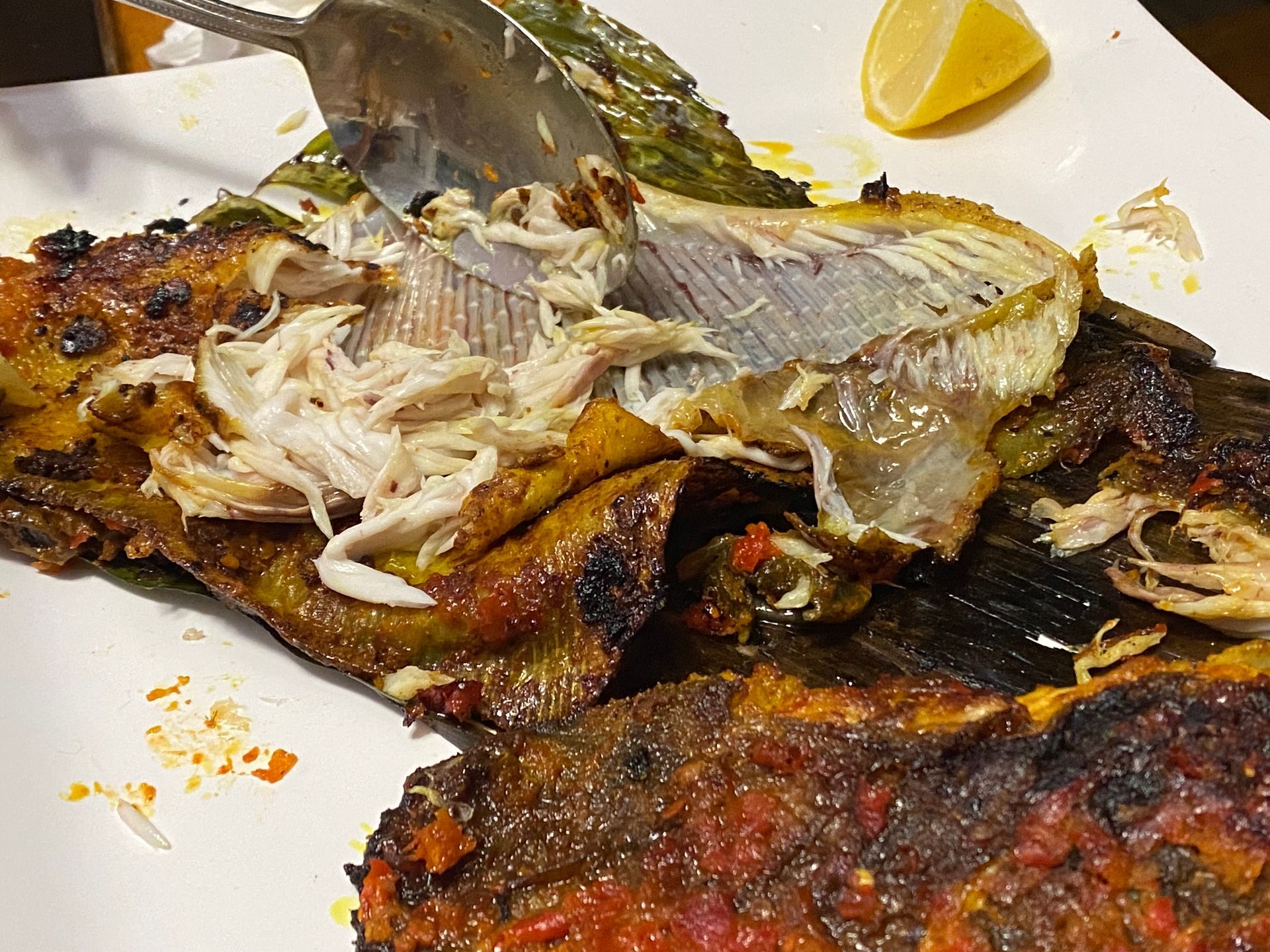
Cooking Skate Wings
I've always found it challenging to peel or slice the skin off of skate wings.
I enjoy sautéed, 'peeled' skate wings with brown or black butter & capers very much.
I still prepare skate wings in this fashion, but my new, preferred method is a simple curry marinade for an hour, then searing the wings on a cast iron grate with a small amount of oil. I get the curry nice and brown, the skin splits and it's very easy to see when the flesh is cooked through.
This is so much easier than cleaning the wings raw or poaching and provides a nice, flavorful crust & moist, juicy flesh. It's super easy to scrape the skin and meat using a fork or spoon.
Prep Time: 3o min
Cooking Time: 30 min (grilling/ resting)
Yield: 4 portions
Ingredients
4 ea. Skate wings
Seasoning:
6 oz. Olive oil
1 Tbsp Black pepper
1/2 tsp Ginger powder
1/2 Cup Curry powder
tt Kosher Salt
lemons & hot sauce
How to prepare Seared Skate Wings
Step 1
Mix the curry spices and oil together and coat the skate wings well. Let marinate for 30 minutes at room temperature.
Step 2
Heat a cast iron grill pan to medium high; scrub the grill pan and then gently oil to avoid sticking.
Step 3
Place the skate wings onto the grill pan and sear about 6-8 minutes; Invert and continue cooking to reach the desired temperature you enjoy. You'll see the skin splitting and the flesh on the sides to determine doneness-or use a thermometer and cook to 150F.
Step 4
Serve the skate with fresh lemon and hot sauce.
